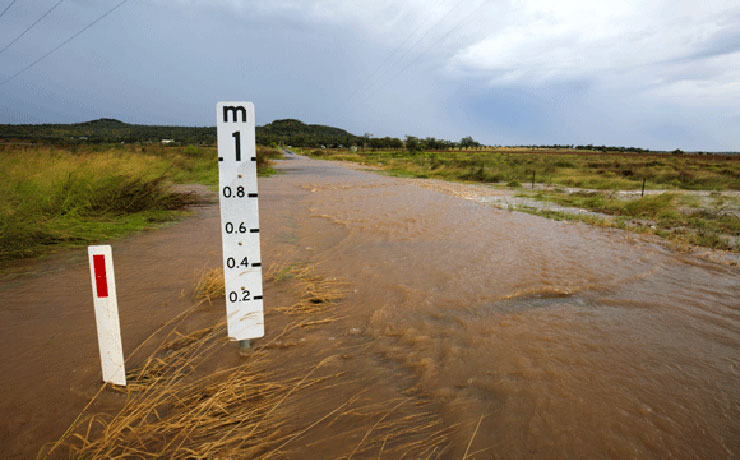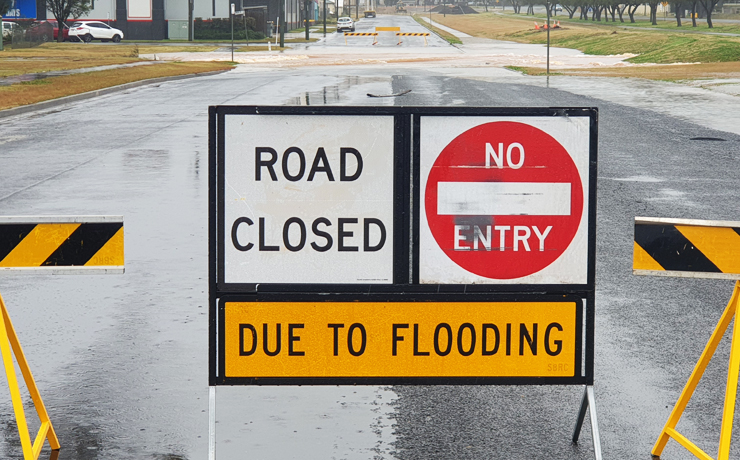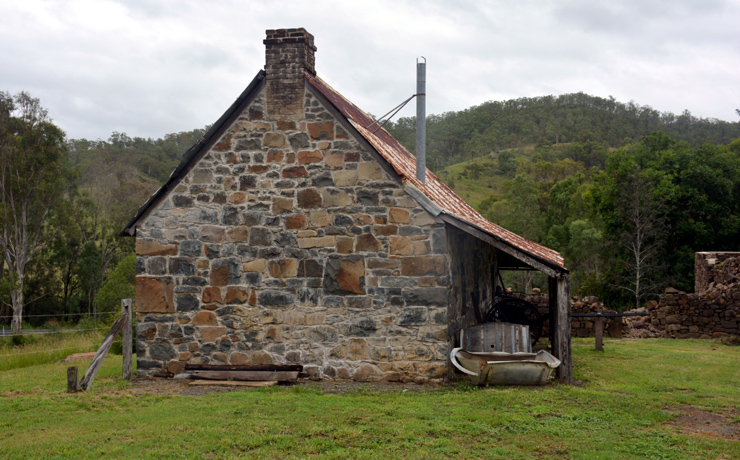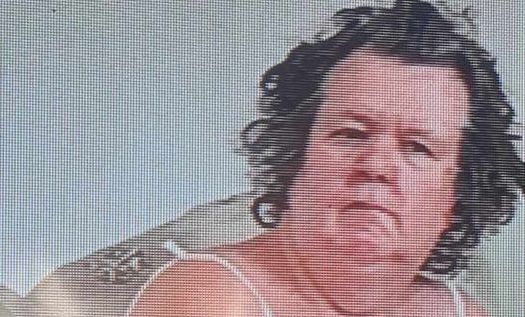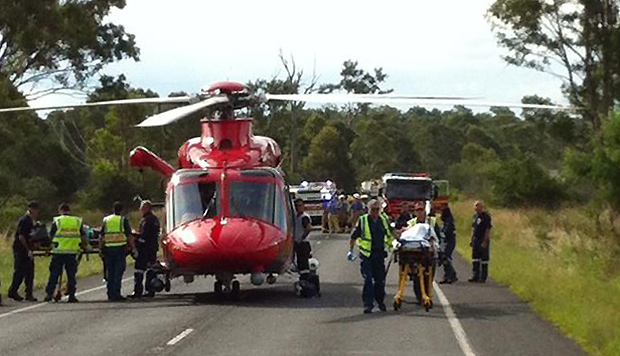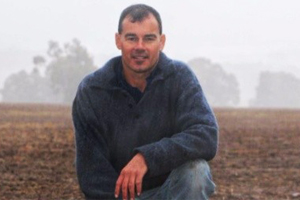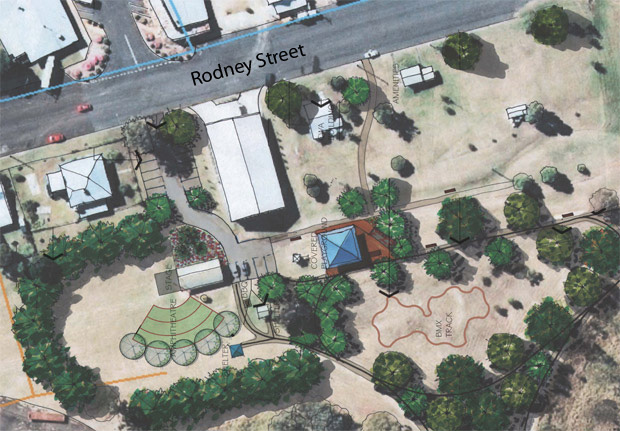
July 4, 2013
by Dafyd Martindale
If you thought this year’s rise in the South Burnett Regional Council’s rates and charges was hefty, be prepared for more of the same over the next two years.
The SBRC will be lifting general property rates and charges by a further 17.5 per cent between now and 2015-2016.
This grim forecast was contained the council’s latest Operating Revenue projections, which were included in this year’s Budget handed down on Wednesday,
By law, whenever a council draws up its annual Budget it must include forward financial projections to demonstrate it can be self-sustaining.
The Operating Revenue Statement forecasts all the different sources of income that contribute to a council’s bottom line.
It also provides an insight into where a council believes its future revenue streams will come from.
The SBRC, like most councils, is in the unenviable position that its single biggest source of income is the hip pockets of ratepayers.
General property rates and water and sewerage charges account for about 65 per cent of the Council’s revenue stream, on average.
Other income sources include:
- Fees and charges levied for council services (eg: lodgement fees, licences, permits etc)
- Rental income (council flats and halls etc)
- Other recurrent income (eg profits from the Yallakool Tourist Park and Boondooma Dam)
- Recoverable works
- Grants, contributions and donations
- Interest on funds held in reserve
Over the next two years the Council expects to receive an extra $48 million in grants above the $8 to $9 million a year it normally receives from the State and Federal governments.
But this will be nearly all NDRAA money that will be spent on flood recovery works, ie roads and bridges, to repair damage from the 2013 Australia Day floods.
All other income categories will remain relatively static or show slight declines.
Against this, the Council is facing 3.8 per cent annual wage rises and an 8 per cent annual increase in road-building costs, as well as whatever extra costs the decline in the value of the Australian dollar may cause in the next few years (eg sharp rises in petrol prices).
The SBRC has embarked on a 10-year, $90 million program to upgrade the region’s ageing water and sewerage infrastructure.
Most of this was built more than six decades ago and is nearing the end of its working life.
The council has also committed to retaining as many services as it can, even though most are major loss-makers.
And it intends to continue its support for the region’s community and non-profit organisations through grants and rate rebates.
It also wants to pursue an urban regeneration scheme that will gradually see all the region’s towns and villages modernised and beautified to attract new residents and businesses to the region, as well as tourists.
In the past two years, Council has shaved more than $4 million off its annual operating costs by adopting more modern and efficient “back end” systems and by not replacing 21 outgoing staff.
However, the scope for further cost reductions in 2013’s “lean and mean” council is thin, which means the costs of the SBRC’s future plans will have to be shouldered by ratepayers.
SBRC Mayor Wayne Kratzmann has outlined his own views on the matter several times this year.
The choice ultimately boils down to residents either paying more for the services they currently enjoy, or losing those services to save money.
These include things such as public swimming pools, parks, libraries, art galleries, museums, visitor information centres, tourist parks, environmental and rural services, sports centres and public halls etc.
This situation – and the impact on ratepayers pockets – may be reversed (or at least slowed down) if the State and Federal Governments can restore the funding they once provided to local governments.
But with the Federal Government currently running a $280 billion deficit and the State Government battling an $80 billion shortfall, that doesn’t appear likely at any time in the near future.
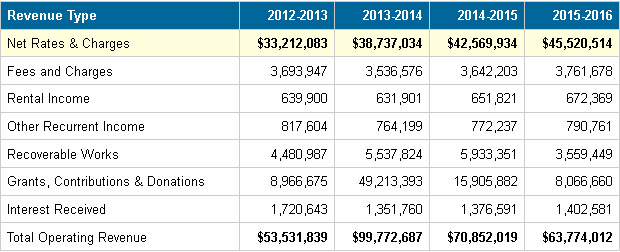 |
projected growth in revenue from general property rates, water supply and sewerage charges |
Related articles:












